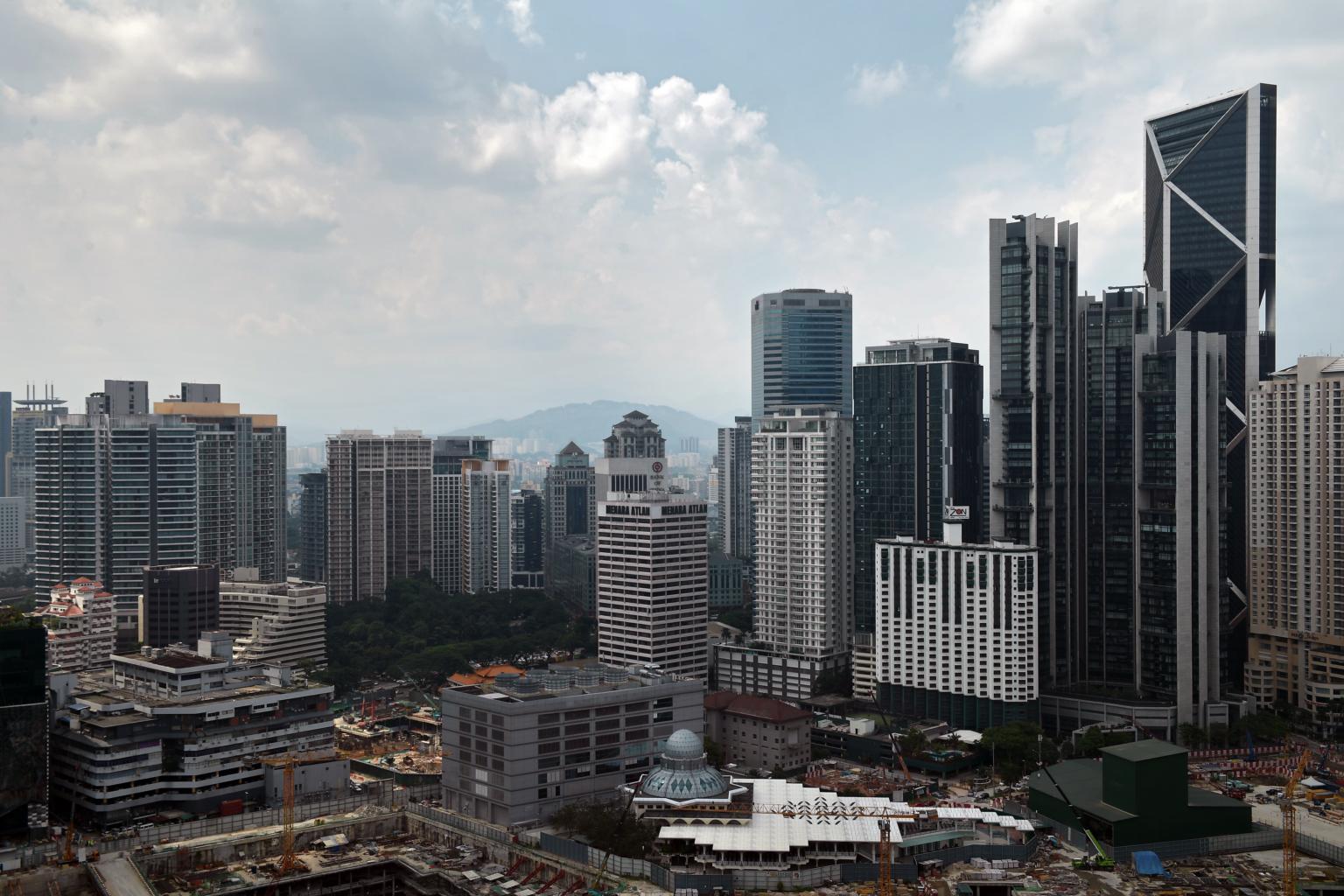Striving for inclusive growth: The Star
In its editorial, the paper says the country should do the right things properly to succeed.
Sign up now: Get ST's newsletters delivered to your inbox

Malaysia's wage share of GDP puts it below what high income countries have.
PHOTO: ST FILE
Follow topic:
KUALA LUMPUR (THE STAR/ASIA NEWS NETWORK) - Two recent reports encapsulated a thorny issue that has underlined a perennial problem for Malaysia.
The State of Households 2018 showed the big problem of income disparity where residents in the richer states have a lion's share of income in the country.
The one that stands out is real average income between the top 20 per cent households (T20) and the middle 40 per cent (M40) and bottom 40 per cent (B40) households, which has almost doubled compared to two decades ago.
The other startling number is that the greater Klang Valley accounts for about 40 per cent of all income of households in the country.
The statistics show that with the situation worsening, where the bottom 20 per cent in the Klang Valley can be considered among the top 20 per cent in the poorer states based on income, it was obvious that something has to be done.
The report speaks of the need to accelerate innovation, boost productivity, move industries up the value chain, enhance the wellbeing of the rakyat, particularly the B40, and achieve inclusive growth.
The admission that people are not getting their fair share of growth is captured by the fact that wage share of GDP in Malaysia is 35.2 per cent, and that needs to get to 38 per cent by the year 2020.
Malaysia's wage share of GDP puts it below what high income countries have, which have allowed wealth generated to trickle down to the wallets of households, and that has made for a more inclusive distribution of wealth.
Pulling this off will be difficult though.
There is a reason why some pockets of areas in Malaysia have people earning more money than others.
It's the concentration of businesses and industries plus education levels that have seen places like the Klang Valley pull in a much greater percentage of income compared with the other areas.
Focusing on development efforts in those areas will be needed.
In the past, there were attempts to do so but with mixed tangible results.
Perhaps, the government needs to take heed of the comparative advantages those areas have, like doubling down on food agriculture, which has and will increasingly become the cash crop of the future.
As an example, the richest towns in Australia are not the biggest cities.
A number of outback towns have that honour.
Elevating educational standards too is important in lifting the well being of the population in those areas.
However, all these efforts need to be in cognisance that urbanisation will mean a steady migration of people towards the cities instead of remaining where they are currently.
Efforts to lift the income levels of all Malaysians, especially more so in the poorer areas, needs to be tackled.
Doing that in isolation is not enough.
A plan to have institutional and societal reforms to lead the overhauling of the economy is a good place to start.
It's only when people place more importance on doing the right things in a proper way will Malaysia correct all the ills and problems afflicting the country.
The Star is a member of The Straits Times media partner Asia News Network, an alliance of 23 news media organisations.

